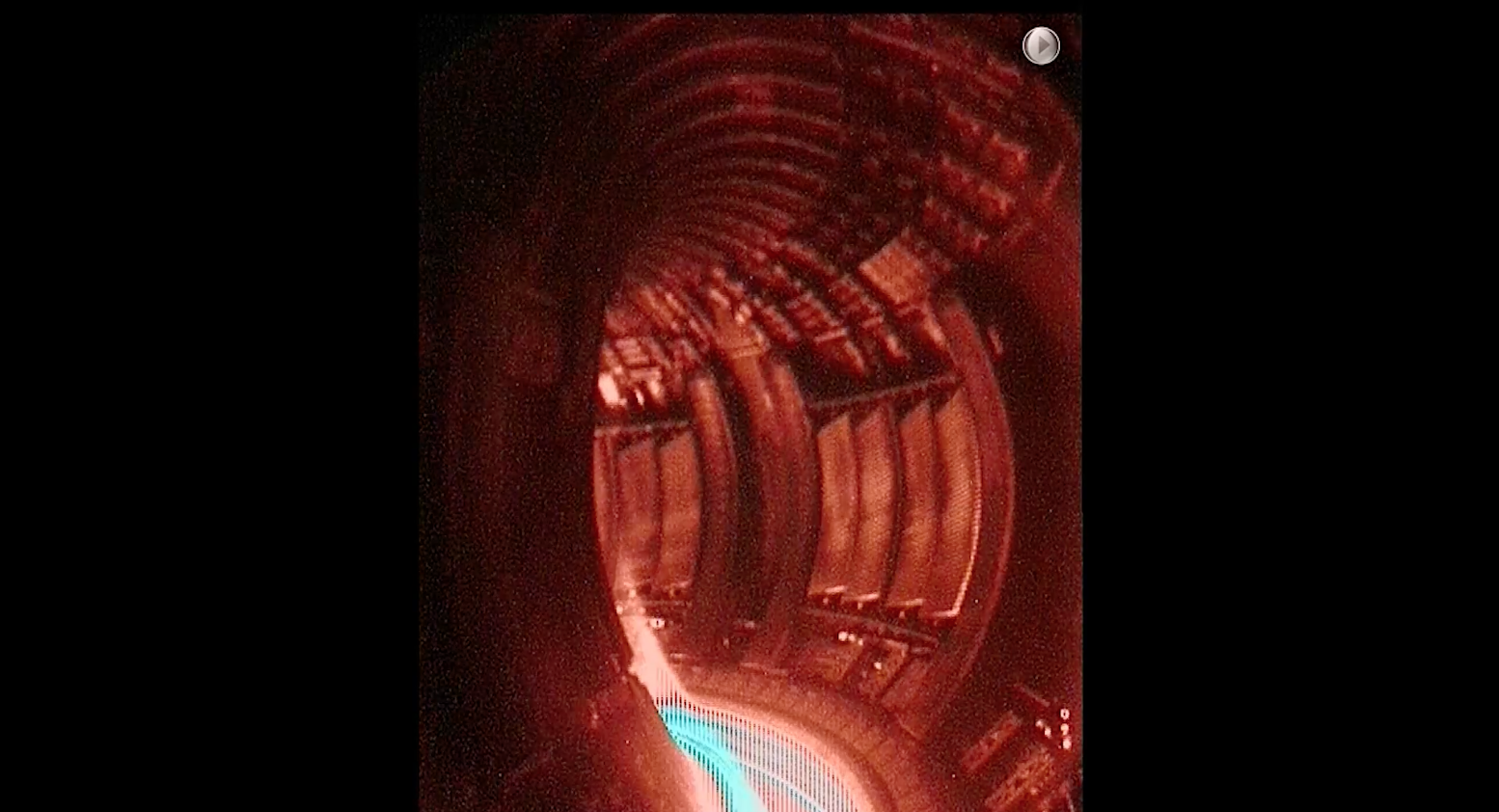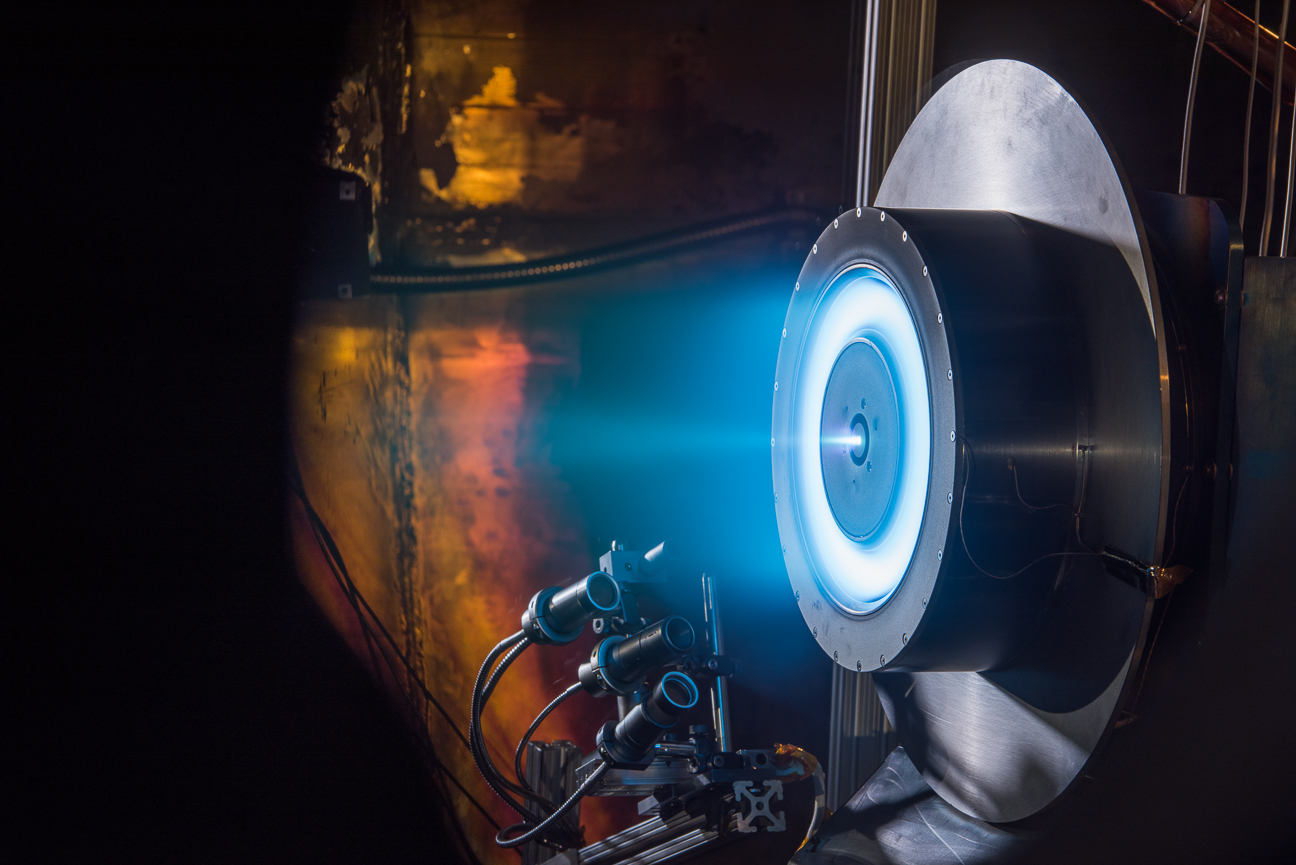Week 1: 15th July – 19th July 2024

Week 2: 22nd July – 25th July 2024
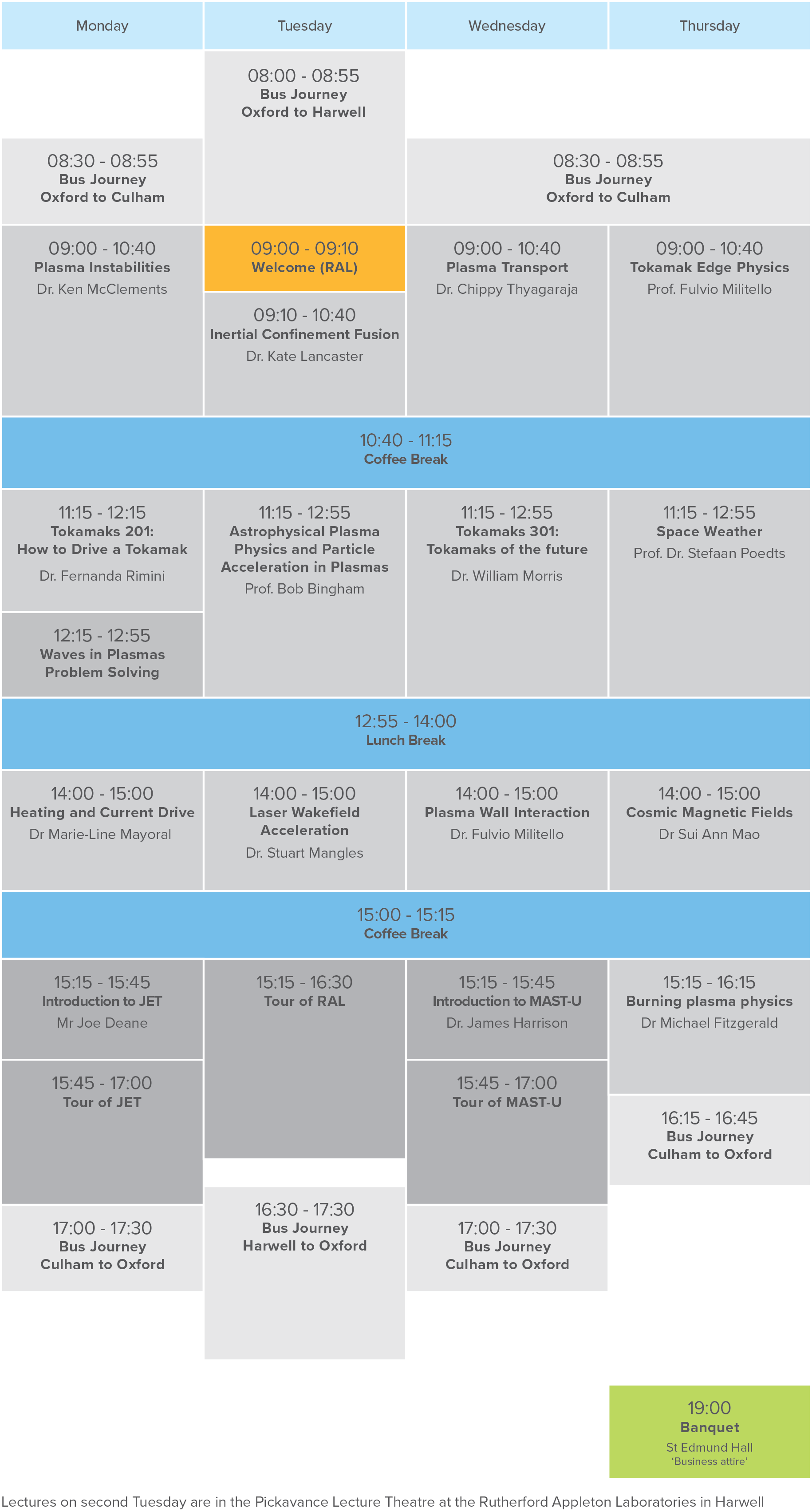
Lecturers
Sir Ian Chapman – UK Atomic Energy Authority
Mr Chris Warrick – UK Atomic Energy Authority
Dr Michael Fitzgerald – UK Atomic Energy Authority
Prof. Nicholas Braithwaite – The Open University
Dr Ben McMillan – The University of Warwick
Dr Chippy Thyagaraja – UK Atomic Energy Authority
Dr Chris Ham – UK Atomic Energy Authority
Dr Daniele Brunetti – UK Atomic Energy Authority
Dr Morten Lennholm – UK Atomic Energy Authority
Dr Stuart Muldrew – UK Atomic Energy Authority
Dr Michael Hardman – Tokamak Energy
Dr Ivor Coffey – QUB Queens University Belfast
Dr Ivan Konoplev – UK Atomic Energy Authority
Dr Jakob Svensson – Seed eScience Research
Dr Colin Roach – UK Atomic Energy Authority
Dr Ken McClements – UK Atomic Energy Authority
Dr Fernanda Rimini – UK Atomic Energy Authority
Mr Joe Deane – UK Atomic Energy Authority
Dr Kate Lancaster – University of York
Prof. Bob Bingham – STFC (RAL), University of Strathclyde, University of St Andrews
Dr Stuart Mangles – Imperial College London
Dr William Morris – UK Atomic Energy Authority
Prof. Fulvio Militello – UK Atomic Energy Authority
Dr James Harrison – UK Atomic Energy Authority
Prof.Dr. Stefaan Poedts – KU LEUVEN
Dr Sui Ann Mao – Max Planck Institute for Radio Astronomy
Dr Marie-Line Mayoral – UK Atomic Energy Authority
Included in the programme are tours of the MAST and JET tokamak facilities at the Culham Science Centre and of the laser facilities at Rutherford Appleton Laboratory, at which one day of the lectures are held.
Any student who would like more detailed discussions with course lecturers is encouraged to arrange private meetings during their stay. Information can also be provided concerning the various research groups at Culham.
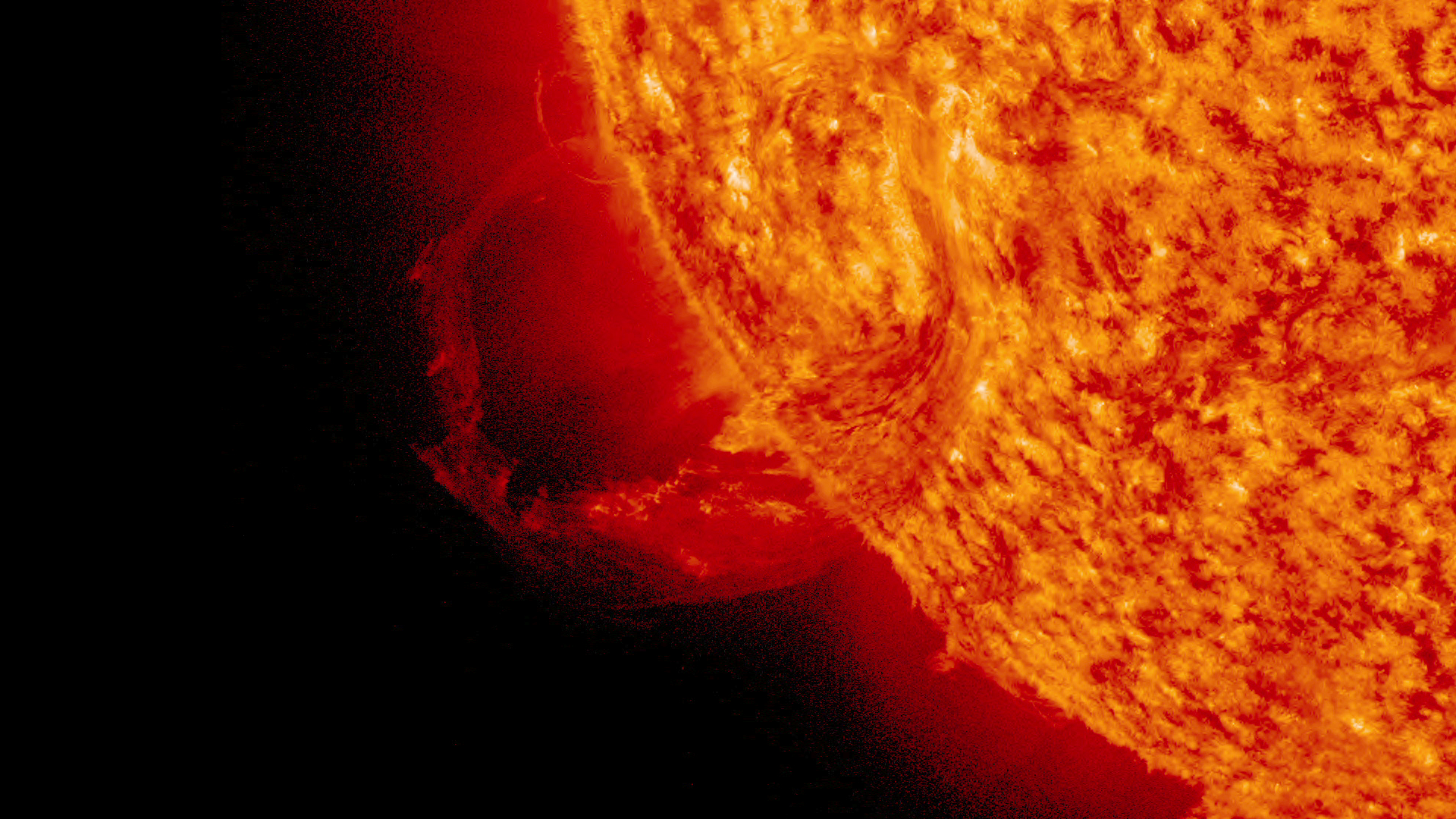
The CME included a large prominence eruption most visible in light with a wavelength of 304 angstroms. SDO captured this footage from 3:00 to 9:00 Universal Time. In this video, the imaging cadence is one frame every 36 seconds.
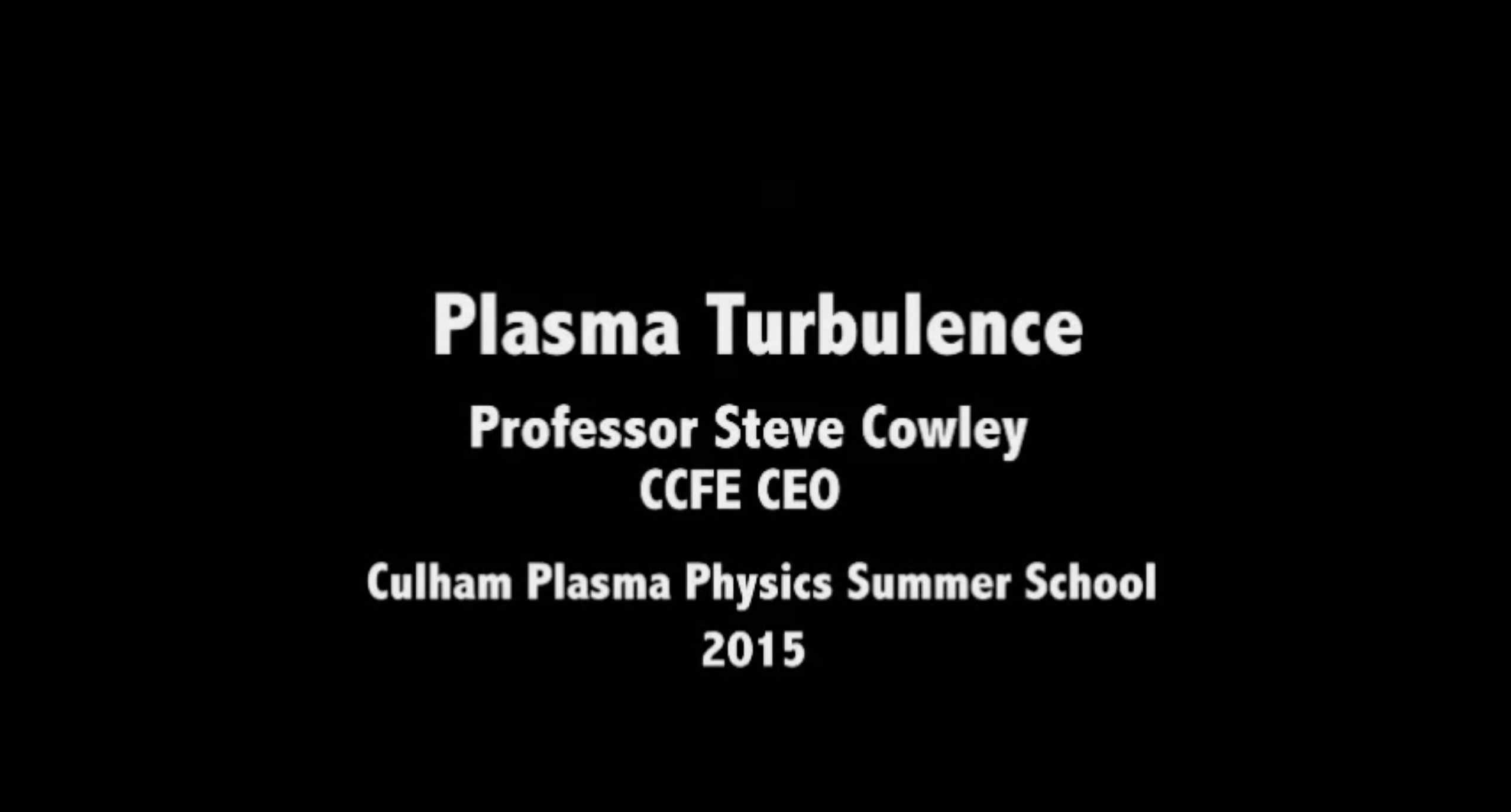
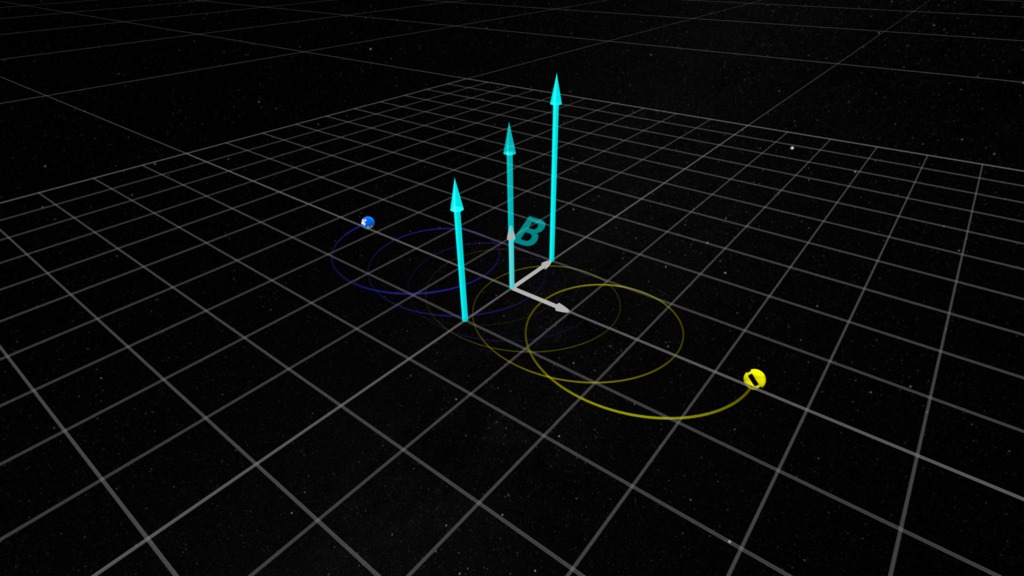
Visualization from two camera positions of simple gyro-motion of charged particles in a changing magnetic field.
